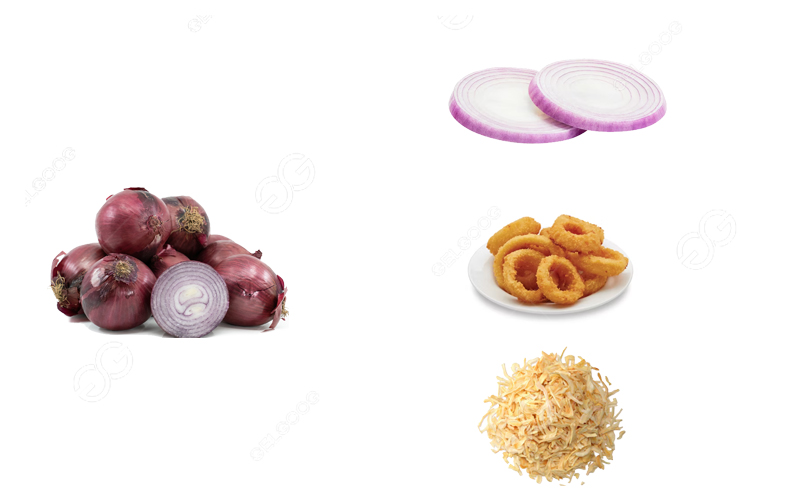Onion is a common vegetable with rich nutritional value and a wide range of applications. In food processing, onions can be handled in a variety of ways to suit different needs and uses. But what are the methods of processing onions?
Grading is the first step in onion processing and aims to categorize onions according to their size and quality. Onions are usually grouped according to size, shape, and appearance characteristics for uniform handling in subsequent processing steps. Some are sold directly after grading with the aim of increasing the value of the product.
Slicing:
Slicing is a process of cutting onions into thin slices that are commonly used in dishes such as salads, soups, or stir-fries. Slicing is usually accomplished by mechanical slicers to improve efficiency and product consistency.
Drying:
Drying is a process in which onions are dried by evaporating the water through hot air or solar energy after proper processing. The dried onions can be stored for a long time.
Deep-frying:
Deep-frying is a processing method in which onions are fried in oil until golden and crispy, and is often used to make foods such as onion rings and onion cakes. Deep-frying creates a crunchy texture on the surface of the onion, increasing appetite and layering of flavors.
In addition to the above common processing methods, onions can also be processed by pickling, freezing and soaking to meet different food needs and market demands. For example, pickled onions can be used to make pickled dishes or seasonings, while frozen onions can be stored for a long time for daily cooking use.
Onion processing methods are varied, according to the different needs of the finished product to choose the appropriate processing method. Of course, different processing methods also need different onion processing equipment to complete.
